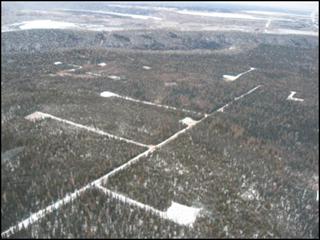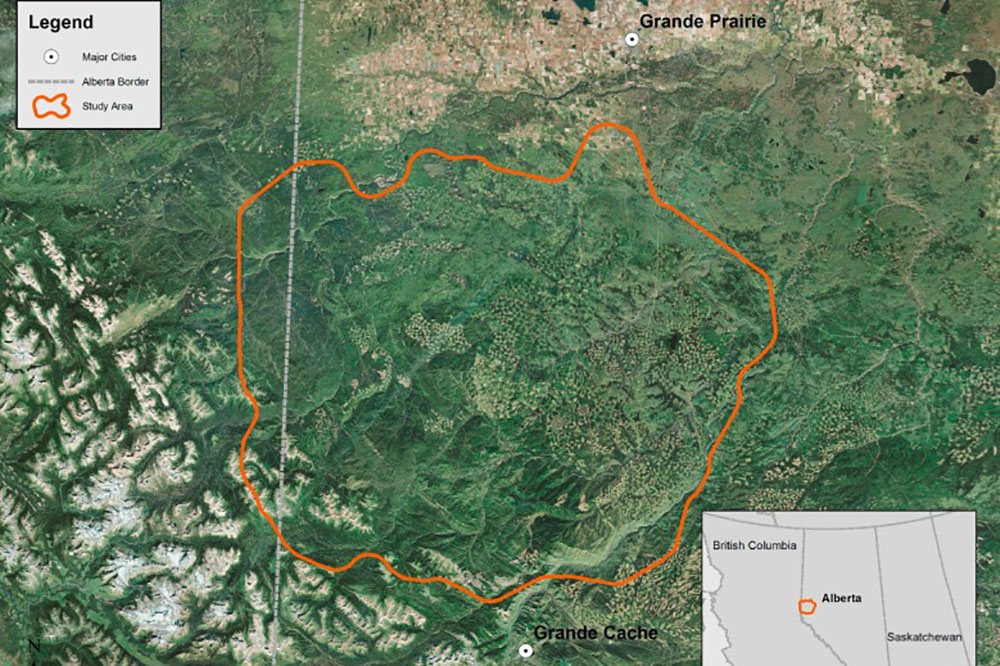Abstract
Oil and gas development is widespread in west—central Alberta, yet little is known about the potential impacts of oil and gas activities on grizzly bear habitat use. Focusing on the impacts of one component of energy development, we studied the selection patterns of radio-collared grizzly bears in relation to oil and gas wellsites in the Kakwa region of west—central Alberta. For each grizzly bear foraging season (spring, summer, and fall), we calculated a population level resource selection function (RSF) to assess the probability that bears would select for wellsites versus non-wellsite habitat. We used mixed-effects logistic regression and model selection to examine factors that could influence the probability of wellsite use, including: grizzly bear reproductive status, wellsite age, wellsite operational status, surrounding road and wellsite densities, adjacent forest canopy cover, and adjacent habitat. Bear reproductive status, surrounding road and wellsite densities, and adjacent canopy cover had the most influence on the probability of wellsite use. Females used wellsites more than expected in all seasons, and males selected for wellsites in summer and fall. Males used wellsites less than females, and females with young used wellsites more than both single females and males. Bears were more likely to use wellsites that had lower densities of disturbance (roads and wellsites) in the surrounding area. In the fall, older wellsites were also more likely to be used by bears. In areas with human access, grizzly bears attracted to anthropogenic features are at a higher risk of human-caused mortality; therefore, their use of wellsites could have negative results for this threatened population.
For access to the full article, go here or access the PDF below.
Citation
McKay, T., Sahlén, E., Støen, O., Swenson, J., & Stenhouse, G. (2014). Wellsite selection by grizzly bears Ursus arctos in west-central Alberta. Wildlife Biology. 20(5). 310-319. doi:10.2981/wlb.00046








